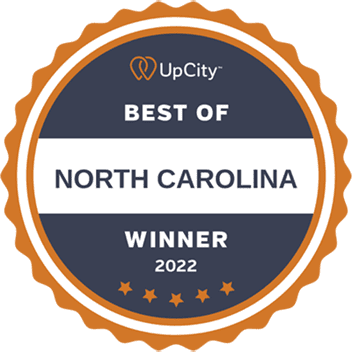
Generally speaking, when consumers want information about a particular product, service, or place of business, there’s one spot they turn to: The Google search bar. Whether it’s someone driving through town in search of the nearest coffee shop, or someone sitting at home trying to locate the best local orthodontist, it’s Google that serves as the arbiter of information.
The implication for business owners is clear: To remain competitive, and to command a sizable market share, you need your website to be highly visible to search engine users. And while improving your search rankings is a process, not a one-time thing, there are certainly some steps you might consider.
How to Make Your Website More Visible on Google (Or Bing)
- Make sure you have good metadata. Every page of your website should have an original meta title and meta description, conveying to the search algorithms (and potential search engine users) roughly what the page is about.
- Provide quality content. There’s no need to jam your content with keywords or resort to other old-school SEO tricks. What the algorithms really want is substantive, authoritative content that addresses your readers’ questions or speaks to their pain points.
- Update your content regularly. You’ve got to keep things fresh with regular content updates, signaling to Google that your business is still relevant. One of the best ways to keep your website up to date with new content is to have a regularly updated blog section.
- Check your speed. While page loading speed may not be a direct ranking factor, it speaks to user experience, which is a ranking factor. If your site takes longer than two or three seconds to load, it’s time to talk with your website developer about different ways to speed things along.
- Ensure mobile-readiness. Statistics show that a majority of search engine users now use phones rather than laptops or desktops. As such, it’s imperative that your site can be easily read and navigated from a mobile device. Check to ensure your page looks great across multiple browsers and device types.
- Optimize on-site SEO elements. In addition to crafting engaging content, it’s also important that your website speaks clearly to the products or services you offer, and to the area you serve. A few well-placed keywords, including geographically specific ones, can help boost results in more localized searches.
- Have a Google Business Profile. Google Business Profile is a free platform that lets you highlight important facets of your business, including the services you offer, hours of operation, physical location, and more. Creating and maintaining a Google Business Profile is one of the easiest things you can do to substantially improve your search engine rankings.
- Get backlinks. When other sites link to yours, it cements your website as an authoritative resource, granting it credibility according to Google. Try to get links in the form of directory citations, references from local professional organizations, etc.
- Encourage social sharing. Related: To boost traffic and improve rankings, it’s critical to have your website shared frequently. Start by sharing your blog posts via social media and an email newsletter. Encourage your followers and subscribers to do the same any time they find the content helpful.
- Monitor your data. Keep track of website analytics to get a sense of which pages are faring the best, which keywords are most relevant, and which traffic sources you should be focusing on.
Any questions about building a website that’s made to generate rankings? We’re happy to answer. Reach out to Woland Web at your next convenience.










